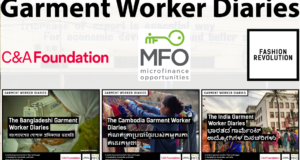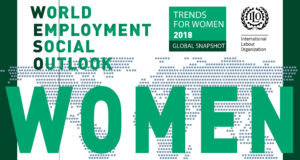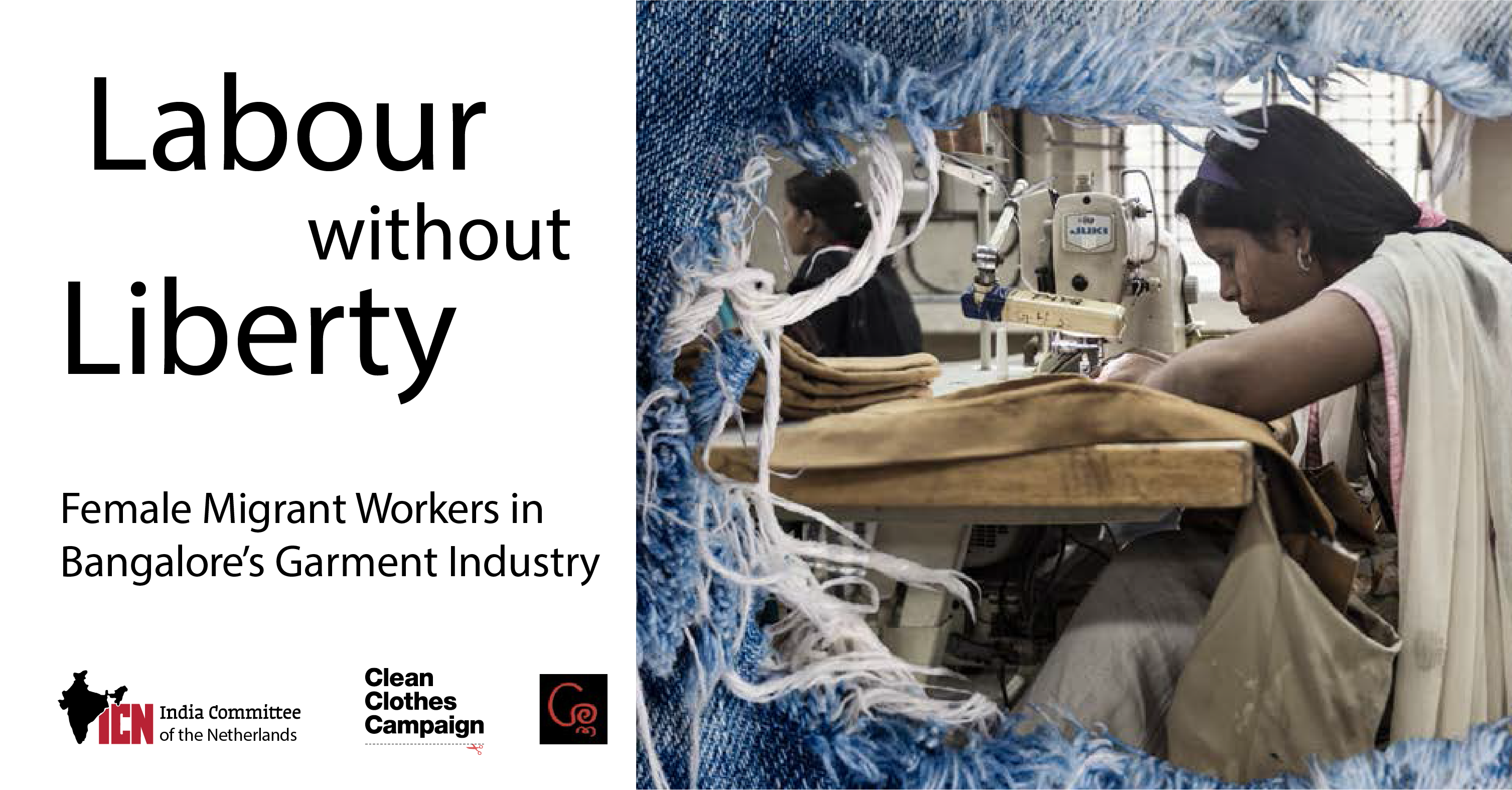Author:
G. Gereffi
Duke University – Department of Sociology – Director, Center on Globalization, Governance & Competitiveness
Olga Memedovic
United Nations Industrial Development Organisation – Strategic Research and Economics
United Nations Industrial Development, p. 36, 2003
Abstract
The paper uses the global value chain framework to explain the transformations in production, trade and corporate strategies that altered the apparel industry over the past decades and changed the conditions for innovation and learning in the industry. The apparel industry is identified as a buyer-driven value chain that contains three types of lead firms: retailers, marketers and branded manufacturers. With the globalization of apparel production, competition between the leading firms in the industry has intensified as each type of lead firm has developed extensive global sourcing capabilities. While “de-verticalizing” out of production, these firms are fortifying their activities in the high value-added design and marketing segments of the apparel chain, leading to a blurring of the boundaries between them and a realignment of interests within the chain. Innovation in the global apparel value chain is primarily associated with the shift from assembly to full-package production. Full-package production changes fundamentally the relationship between buyer and supplier giving more autonomy to the supplying firm and creating more possibilities for innovation and learning. The paper distinguishes between three new models of competition in the North American market namely the East Asian, Mexican and Caribbean Basin model. Each model presents different perspectives and challenges for industrial innovation and learning.
Not available for download.
 CPD RMG Study Stitching a better future for Bangladesh
CPD RMG Study Stitching a better future for Bangladesh



